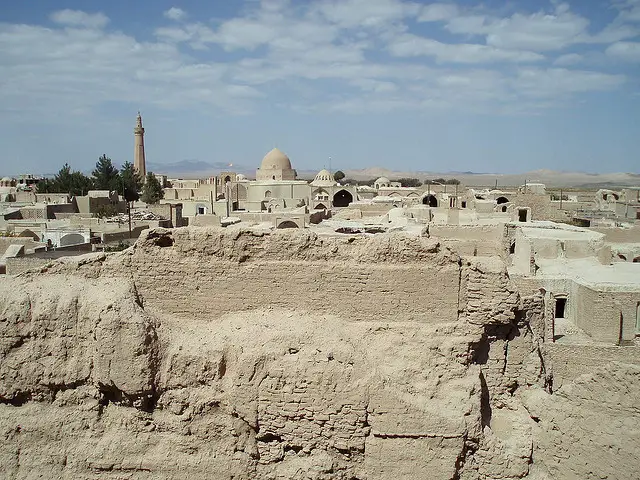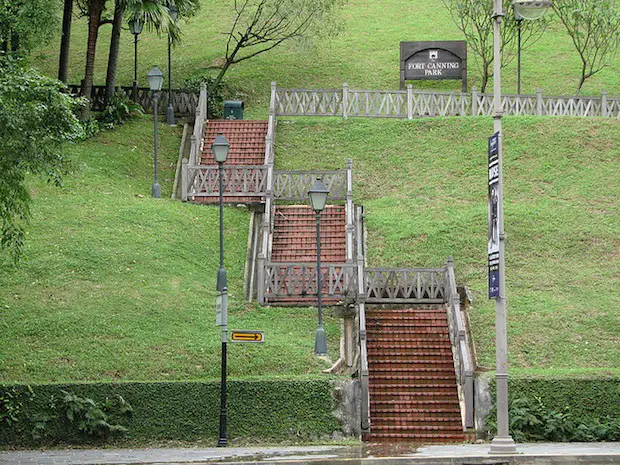Look up a list of the top 100 urban parks in the world and you will very likely never find Parque Centenario. Even within Buenos Aires, it’s not considered the most beautiful or well known: tourist maps give detailed descriptions of parks in the upscale neighbourhoods of Recoleta and Palermo and save little space for that oddly shaped park a few miles from the centre of town.
Yet this park means the world for those who live in Caballito, the middle class neighbourhood surrounding the park. Built in 1910 for the 100th anniversary of Argentina’s independence from Spain and designed by legendary landscape architect Carlos Thays, the park features an amphitheatre, a lake in the middle, and stalls where independent vendors can sell used books, clothes, or street-cooked burgers that probably haven’t been approved by the health inspector’s office. It’s a great place for a picnic or to throw a frisbee around. And the city government wants to build a fence around the entire park, in order to be able to close it completely at night.
At the beginning of September, the government of Buenos Aires announced plans to fence off several parks in the city. The political base of Chief of Government Mauricio Macri constantly demands increased measures to fight crime, thus the apparent purpose of this move is to reduce crime in surrounding neighbourhoods. But the fence-building project has been met with opposition, especially in Parque Centenario. On the weekend of 29 September, protesters organized a park-wide demonstration, which ended in preliminary construction of the fence being knocked down. Subsequently, a camp-in movement where protestors spent the night in the park lasted another two weeks until campers were evicted by the city in mid-October. In the neighbourhood, opinions are mixed. Some agree with the increased security argument while others think the park should remain open in some cases arguing for other measures such as increased security.
To most of us, the premise that parks are a dangerous place to be at night seems obvious. At some point in our lives, or mothers have told us never to stay in the park after the sun goes down. With that in mind, putting up fences would seem to make total sense. But on further consideration, fencing up parks may not be quite as logical. Though it may be that parks are likely to attract criminal elements at night, there is little evidence that crimes committed in parks at night wouldn’t be committed elsewhere if parks were closed. Putting up fences around parks assumes that parks have the magical effect of turning upstanding citizens into crooks.
Let’s look at some data, using Buenos Aires as an example. Buenos Aires has already fenced in a number of parks, including Parque Rividavia, only a few blocks south of Parque Centenario. Using the website “Mapa de la Inseguridad” (Map of Unsafety), we can see that the neighbourhood near Parque Rivadavia doesn’t have a lower concentration of crimes than Parque Centenario. While this of course is not conclusive evidence that fenced-in parks are less safe, it does contradict the idea that we should immediately start putting fences up around all of our parks.
In fact, there is actually some evidence that accessible parks may actually lower crime. A report by the American Planning Association indicates that increased access to green space may lower crime rates, citing a University of Illinois study:
Some community leaders are inhibited from proposing new parks or supporting existing ones out of concern that parks can be settings for crime and illegal activity. However, when properly planned, parks and greenways adjacent to residential areas may help to shield against crime. The University of Illinois researchers tested the conventional wisdom that, in the inner city, barren spaces are safer than spaces with trees and greenery that could hide illicit activity. The study compared crime rates for inner-city apartment buildings with varying amounts of vegetation and found that the greener the surroundings, the fewer crimes occurred against people and property.
The study also points out that these open spaces must be well maintained – in other words, a park with nice leafy trees will help promote public safety, whereas a park full of mud and dog turds won’t. Another important aspect is community involvement, and placement of the park within the community. If all of these criteria come together, parks are made considerably safer.
So why does the idea of park fences remain popular? Despite the evidence we have seen, parks continue to be perceived as unsafe. In addition, the popularity of fences speaks to how parks are often more popular in theory than in practice. We like parks when they raise the value of our condos located parkside, but not when they could potentially turn scary after the sun goes down.
At the end of the day, park fences will have their supporters and their detractors. In Buenos Aires, and in other similar cities, it may make more sense not to put up fences since a larger population and less green space per person makes access to park space critical at all times of day. Leaving parks unfenced, despite the negative perceptions it may create, has many benefits and the greater accessibility to public space may even increase public safety. Parks are, after all, a physical manifestation of our public lives, and a city that chooses not to put up fences is its parks shows that it favours a greater level of interaction among its citizens. And though in Buenos Aires that might imply a higher level of streetside flea markets and less-than-gourmet burgers for sale, it is ultimately an advantage for everyone.
Drew Reed is an online media producer and community activist specializing in sustainable transportation. He lives in Buenos Aires.
Photo: Gobierno de la Ciudad dy Buenos Aires


